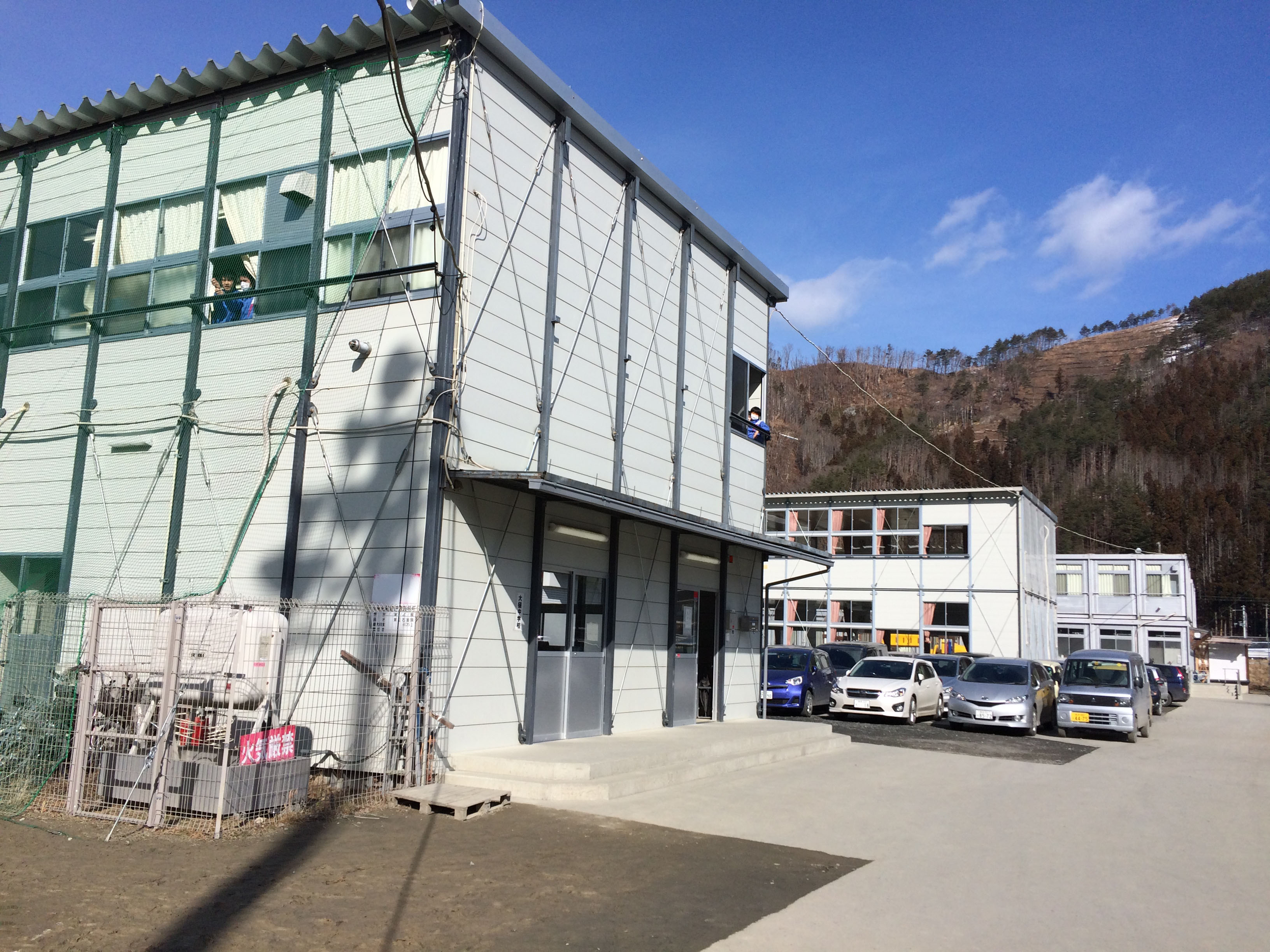"Inquiry" may be a buzzword in education these days, but for Tohoku students and parents, there are too many questions without answers.
A month before the anniversary of the March 11, 2011, triple disaster, I traveled from Kamaishi, Iwate Prefecture, to Rikuzentakata and back to Tokyo, via Minamisoma in Fukushima. As I drove through Natori, on the Miyagi coastline, and past the no-go zone surrounding the crippled Fukushima No. 1 nuclear plant on my way back south, pile after pile of black waste bags stretched out before me, each seemingly begging its own unanswered question.
In Iwate coastal towns, mounds of raised dirt and clean-shaven fields of nothing mark where debris and chaos once reigned. In Fukushima, the ubiquitous bags of contaminated soil are interspersed with signposts indicating current radiation readings.



















With your current subscription plan you can comment on stories. However, before writing your first comment, please create a display name in the Profile section of your subscriber account page.